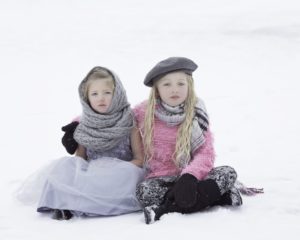You have no items in your cart. Want to get some nice things?
Go shopping We moved from Buffalo to Morton and stayed there for almost a whole year before trying out Oswego, we being the three of us, Mom, Krissy, and me. There must have been four at some point. I couldn’t tell you when.
We moved from Buffalo to Morton and stayed there for almost a whole year before trying out Oswego, we being the three of us, Mom, Krissy, and me. There must have been four at some point. I couldn’t tell you when.
There once was a van, too, pockmarked and bruised with rust where it wasn’t baby blue. It died six years ago, around the time my twin and I turned five. A used Escort replaced it. After that, every move came down to what could fit in the tiny Ford, a restriction that turned our departures into chapters with the same title: Things Left Behind. (Mom would have titled them differently, something like, My Boss Is a Prick; I’m Out of Here.) Krissy and I sometimes talked about the old trunk, the one in the Jamestown apartment on Lincoln Street. Although technically the coffee table, it served as a treasure chest in our games. Mom got annoyed, hearing us miss it aloud, and pointed out that it wasn’t ours to begin with.
The Morton house was an improvement over the previous place, the Buffalo apartment that Meg Williams rented to us cheap because it didn’t have a kitchen. For one, the house in Morton had a kitchen. It was also our first two-story home. Krissy and I spent a good portion of the February moving day sprawling across, climbing, and stomping down the stairs. They were a novelty.
Move it, Mom snapped, lugging up a box.
Help or scram, she added on her way down.
Up again: You’re driving me nuts.
Down: For the love of God, get out of the way!
This continued for a while. Finally, she opened the front door and pointed.
We zipped up our coats and shuffled past her.
Behind us, the door slammed. Before us, snow fell. The flakes were feather-huge and plentiful. We wandered toward the sidewalk and looked around. The whiteness was covering the roof of our new house silently, a patient labor, as surely as it was cloaking every other rooftop on our new street, whatever the street was called.
We tromped to the backyard, tested the chain-link fence with a kick, and eyed the neighboring houses suspiciously. Then we returned to the front and gazed up at the stern expression of our gray place.
Do you think we’ll start school next week? Krissy asked.
Let’s try to be sick, I said.
I hope we’re in the same class.
I hummed a note of agreement but scowled. She shouldn’t have said that. We’d talked about this before, how voicing a hard hope just jinxed it. What was Krissy thinking?
For a long time, we stood in that yard of swirling snow, as still as the two trees that hunkered over our driveway, one little tree, one big tree, both of which we would claim as our own. As still as the house, getting prettier by the minute with the thickening veil of snow.
Don’t mind us, our stillness said. We’ve always been here, our stillness lied. We will stay here forever, our stillness prayed. Our stillness pretended. Pretending. Still.

About Melissa Ostrom
Melissa Ostrom teaches English at Genesee Community College and lives with her husband and children in Holley, New York. Her fiction has appeared in The Florida Review, Quarter After Eight, The Baltimore Review, and Passages North, among other journals. The Beloved Wild (Feiwel & Friends, March 2018) is her YA debut. Macmillan will publish her second novel, Unleaving, in March of 2019.
- Web |
- More Posts(1)




